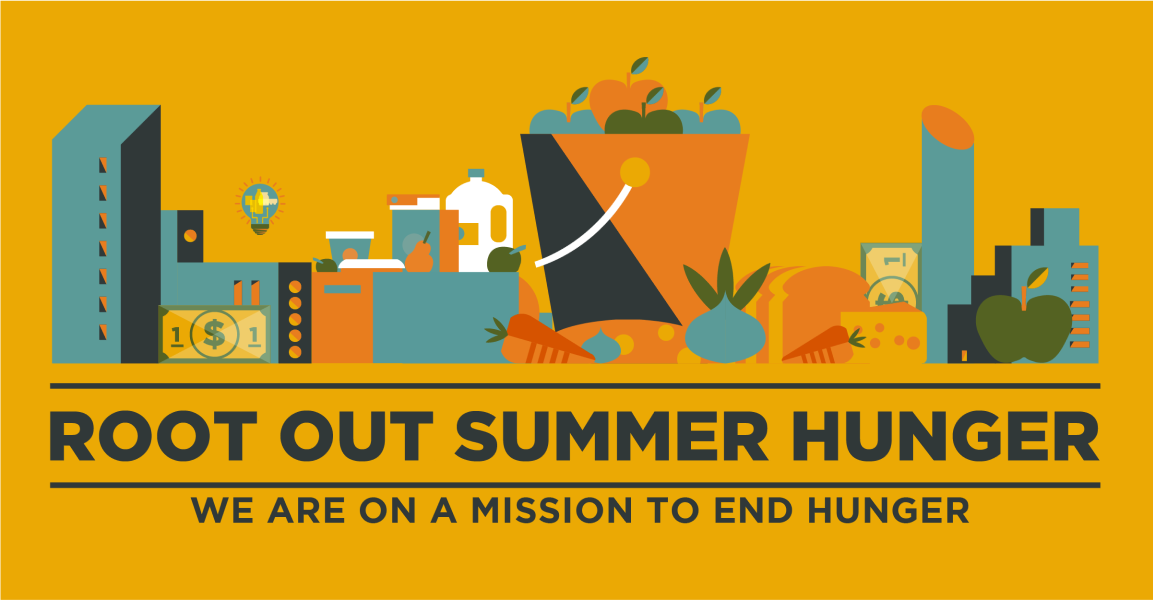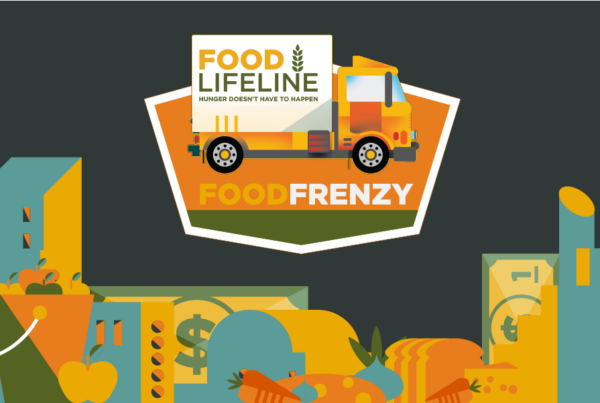
For most kids, summer vacation is a time for adventure, a time for fun. But for family experiencing food insecurity, the summer can mean a time of struggle.
For families facing food insecurity, the free and reduced meals provided at school are an important piece of the food puzzle. But during the summer, families often lose these critical meals.
Research shows that average family grocery costs rise by more than $300 a month when school is out. But this summer with inflation at record levels, that number is predicted to be much higher.
This means families will face difficult choices, often choosing less nutritious foods or skipping meals entirely to make sure the children are fed. That’s why fresh and nutritious meals provided by food banks are so important during the summer.

Food Banks helps Jordan provide healthy and nutritious foods for his family.
“My daughter is a huge fan of meat and vegetables. I’m glad that I get to come here because they serve a lot of items that she loves to eat”, says Jordan, a food bank guest in south Seattle. “I make it a priority to make sure she eats healthy.”
More than 250,000 kids in Western Washington receive free/reduced meals during the school year. That’s why providing additional food is critical during the summer months.
However, it’s just one step in solving hunger. Ending hunger requires addressing food insecurity at its root causes.
Food Lifeline believes access to food is a human right. Poverty, racial inequity, and social injustice have long fostered and perpetuated systems that reward some while leaving whole communities behind. These systems create barriers that stand between families and food. Removing these barriers is the work that creates lasting change.

Bonney Lake Food Bank’s Stacy Crnich and team prepare to open the doors for guests.
At the Bonney Lake Food Bank, Executive director Stacy Crnich and her team are removing one of these barriers by operating a “Grocery Store” food bank. Rather than stand in line to receive what is available, guests instead browse aisles of food with carefully crafted displays that look more like a big-brand grocery chain than a traditional food bank.
“Our vision was that we would create a space that completely eliminated stigma and shame to the point that no child in our community would know that they were even coming into a food bank”, says Crnich. “When people come in and they don’t feel like this is a food bank, they feel respected.”
The barrier of shame is often felt by many food bank clients. Maria del Carmen Alvarez shares the experience of her first visit to the Federal Way Food Bank.
“When I first came here, I felt sort of ashamed. Latin or Hispanic people, we don’t like to ask for help from the

Maria del Carmen Alvarez and her family visit the Federal Way Food Bank for fresh produce as the summer school break begins.
community or from the government. But after that first time, I started to feel a bit more confident and comfortable.”
For Alvarez, the additional food she receives during the summer months is especially important this year.
“Last summer the schools were providing food during the break. This year, they’re not, so this is really helpful.”
When you join Food Lifeline in our campaign to Root Out Summer Hunger, you are becoming part of a movement to end hunger. You are helping to provide important and lasting solutions. You’re on a team that is creating dynamic partnerships in the community that will transform the current food system into one that values local solutions, sustainability, equity, and public health.
Working together, we believe hunger doesn’t have to happen.





